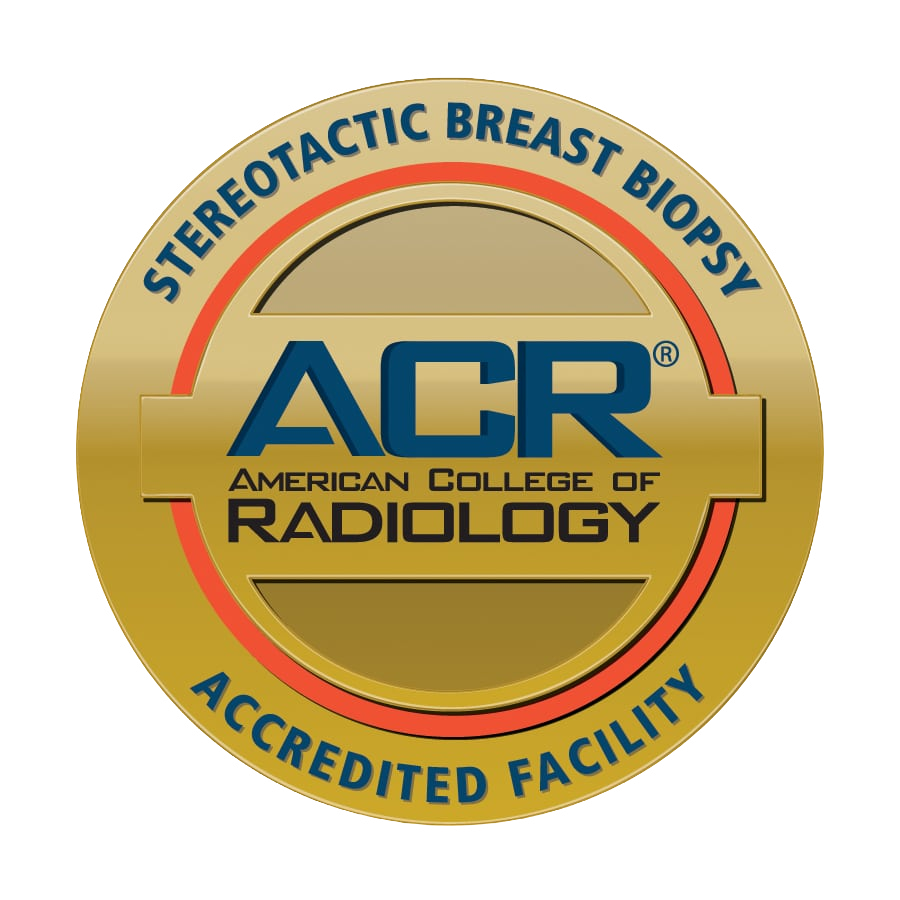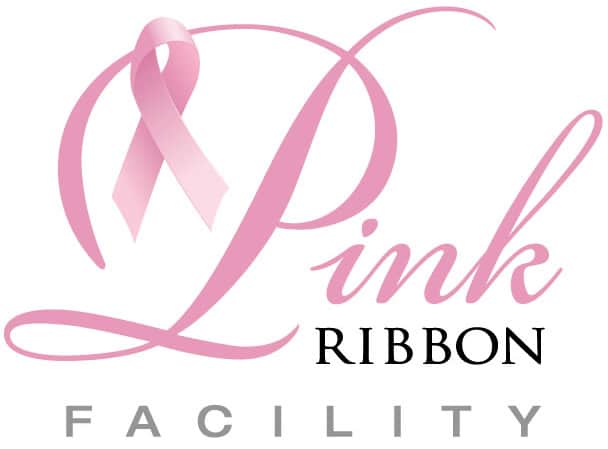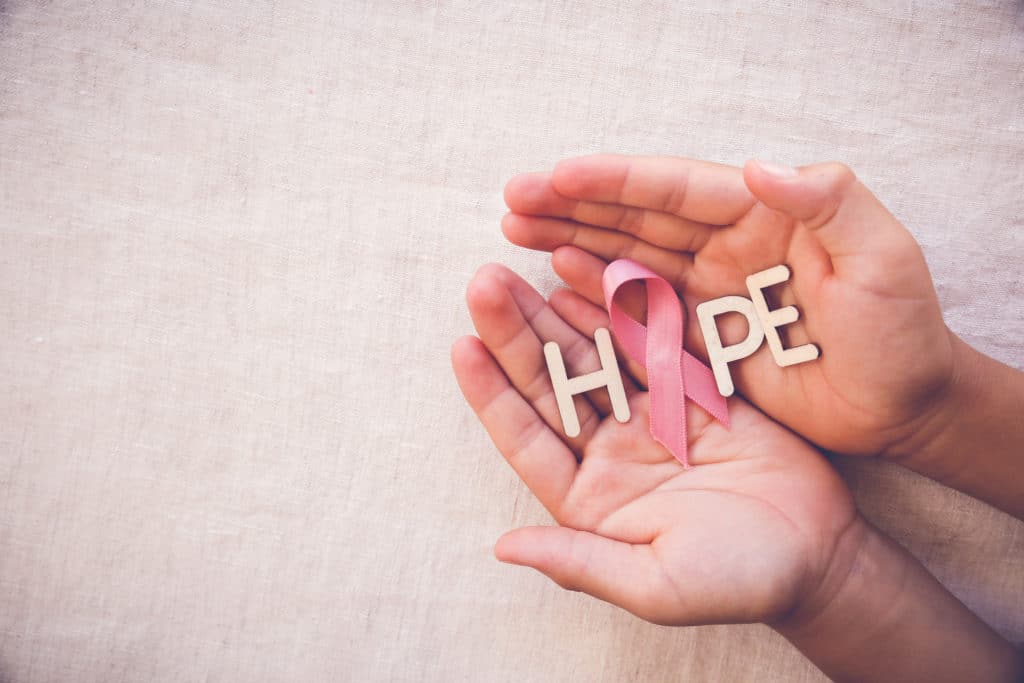What is women’s imaging?
Women’s imaging is a term that describes the various radiology procedures that may be performed to diagnose and monitor the conditions that affect women. Examples include gynecological, obstetrical, breast imaging, and bone density tests. These screenings are performed by highly-trained imaging specialists familiar with the most up-to-date imaging procedures, including mammography, breast ultrasound, and breast MRI.
Women’s Imaging Services

Out of Snowflake location, we offer the following services for women:
- EKG’s
- X-Ray
- Lab Draws
- Ultrasound
- DXA Scan
- Multi-Slice Cat Scans
- Mammography
- Urine Drug testing for DOT and non DOT
- Occupational Health
- Echo/Vascular – 2 days per week by appointment only
Mammography Services

Why should you get a mammogram?
A mammogram can save your life. Detecting breast cancer early reduces your risk of more serious complications from the disease by 25-30%. Oftentimes it is recommended that women begin getting yearly mammograms at the age of 40. If the woman is at a higher risk of breast cancer, it is recommended that they begin yearly screenings sooner.
What should I expect during a mammogram?
Patients who visit for breast imaging can expect to be given a gown to wear for their exam. It is necessary to undress from the waist up for a mammogram. During the screening, only the patient and the technician will be in the room.
To obtain images, the technician will adjust the machine to a comfortable height and will position one breast on a plastic imaging plate. A second plate will be adjusted to apply pressure to the breast. This spreads out tissue slightly for optimal visualization. The technician moves to the device platform to take x-ray images from various positions. The entire process takes only about 10 minutes.
Many women expect their mammograms to be uncomfortable. Machines have improved over time so less pressure is needed to spread the breast tissue. Patients are encouraged to relax during their screening, which enables the breast mound to settle beneath the plastic plate comfortably.
How do I prepare for a mammogram?
If you’ve noticed any changes in your breasts or have any concerns, talk to your doctor before scheduling a mammogram. If you’re over 40 and want to schedule a routine mammogram, you do not need to talk with your doctor beforehand. To schedule a mammogram, you will need to request an order from you physician. Make sure you tell him or her about any breast problems you may be having so they can order the right tests for you. Once our scheduling department receives the order they’ll call you to set you up with an appointment.
There are several things a patient can do to prepare for a comfortable, effective mammogram.
- Mammograms should be scheduled the week after menstruation. This is the time of the menstrual cycle when breast tenderness is at its lowest.
- On the day of the mammogram, patients should not wear lotion, perfume, deodorant, or powder under the arms or near the breasts. This can obscure the results of the
screening. - Patients will be most comfortable if they wear a two-piece outfit since they will undress from the waist up.
- Take an over-the-counter pain medication if you find that having a mammogram is uncomfortable.
- Remember to always inform your doctor or x-ray technician if you are or might be pregnant.
- Jewelry will need to be removed before the mammogram, so patients may wish to come to their appointment without any jewelry on.
- If any breast symptoms have been experienced, the patient should let her technologist know.
A physician’s note is required to schedule your appointment and you can call 928-537-6554 to schedule your mammogram.
Is the Mammogram Painful?
While there may be some slight pain and discomfort during your mammogram, most patients can undergo the test without needing any pain-relieving medication or treatments. During the mammogram procedure, a technician will compress your breasts to look for any small lumps or nodules that may be a sign of cancer or another health condition. This compression allows your technician to easily view these lumps or nodules with the least amount of radiation possible. While this may feel uncomfortable, this procedure is not dangerous. Patients may begin to feel sore from the compression a day or two after their mammogram. If this is the case, taking over-the-counter pain medication can help relieve any pain.
What Are the Risks With the Mammogram Procedure?
A mammogram can come with a few risks that patients should be aware of. Many patients worry about radiation exposure when it comes to getting their mammogram procedure done. However, this exposure is typically very unharmful to patients. Today’s mammography technology only involves a tiny amount of radiation exposure. For context, this amount of radiation is even less than what comes from getting a standard X-ray.
Because there is a slight chance that a mammogram test may deliver false results, many people believe that the stress, apprehension, and anxiety that getting a mammogram can cause is not worth it. However, getting a mammogram is the best way to detect cancer at its earliest stage, which can lead a patient to life-saving treatment.
What Do I Do If I Receive a Call Back for My Mammogram Results?
It’s important to note that although you may receive a call back about your mammogram results, it does not always mean that you have cancer. A technician may have found another sign of an underlying health condition from your mammogram results that still needs medical treatment to achieve optimal health. No matter your results, the Summit Healthcare Regional Medical Center team is here to guide and support you through your next steps.
A physician’s note is required to schedule your appointment, and you can call 928-537-6554 to schedule your mammogram.
Mammography Services at Summit Healthcare
At Summit Healthcare, we offer a variety of mammography services for our patients. These include:
- 2D Digital Mammography– High quality Mammogram using our ‘mammo pads’ for a softer, more comfortable Mammogram.
- 3D Mammography (Tomosynthesis)– Like a normal digital mammogram, but a better quality of image. This type of mammogram is designed to see through the breast tissue even better than the 2D Mammogram. It has the same number of images and the same compression as a 2D mammogram. Check with your insurance company before your appointment, not all insurance companies will pay for this.
- Breast Ultrasound– Used in combination with Mammograms sometimes. It’s a helpful tool to use with your Mammogram. There are things Mammograms can see that Ultrasounds cannot, so it’s not recommended to replace a Mammogram, but to be used with the Mammogram when more information is needed on a specific area of the breast.
- Breast MRI– Breast MRI’s are used to help doctors screen high-risk patients, evaluate how big a known breast cancer is, and get additional information on areas of concern found on a Mammogram. A Breast MRI takes about 40 minutes. During that time you’ll be laying on your stomach in the MRI machine. Contrast is used in this study and is injected into an IV in your arm during the scan.
- Stereotactic Breast Biopsy– This is a biopsy done in the mammo department with mammo guidance. Your breast is put in compression, the area of concern is targeted, one of our Radiologists will perform the biopsy, giving you numbing medicine, and taking the samples of tissue. Afterwards a small clip is placed in the breast to mark the area sampled. No stitches are needed, just a small bandage.
- Ultrasound Guided Breast Biopsy– This is a breast biopsy done in ultrasound. An ultrasound probe is used to find the area of concern. Then one of our Radiologists will perform the biopsy, giving you numbing medicine, and then take the samples of tissue. Afterwards a small clip is placed in the breast to mark the area sampled. No stitches are needed, just a small bandage.
- Needle Localizations– These can be done in Mammogram or Ultrasound depending on the Radiologist’s recommendation. These are to assist a surgeon if there is a cancerous area or an area of concern that needs to be surgically removed. The radiologist would find the area of concern (with either Mammo or Ultrasound), give you numbing medicine in the area, and insert a hollow needle. Once the needle is in place, he would insert a long wire through the needle, pull the needle out, and leave only the wire in place. The surgeon would then follow that wire to the area of concern and remove it. You are awake during this procedure. Anesthesia is given after this procedure, before your surgery.
- Bone Densitometry (DEXA)– This is a study to check your bone strength. It checks for osteoporosis or osteopenia. This is one of the easiest tests to have done. You just lay on the table and a small camera moves over you for a few minutes. No contrast, needles etc.
*All of our Technologists and Radiologists are registered and board-certified. Our Women’s Imaging Department is ACR and FDA accredited.
What does that mean to you? It means we have done everything we can to be the best at our jobs. We have gone through all the training and taken all the tests. We want to give you the best care we can. We don’t skimp on education and training.
*We offer many of these same services in our Snowflake Clinic. See the Snowflake Clinic Tab (make this a link to that tab) for more information.
Related Links:
MRI of the Breast
Breast magnetic resonance (MR) imaging can help physicians screen high-risk patients, evaluate the extent of a known breast cancer, and further evaluate areas of concern found on mammograms and ultrasounds or during physical examinations.
The American Cancer Society recommends breast magnetic resonance imaging screens for women at high risk for breast cancer. A high risk for breast cancer is typically because of a strong family history. A strong family history is usually a mother or sister who has had breast cancer before age 50. It can also be aunts or cousins, including those on your father’s side. Relatives who have had ovarian cancer also increase your risk. Your radiologist or primary care doctor can look at your family history and determine if MRI screening may be appropriate for you.
Reasons for a Breast MRI
An MRI of the breast can help detect cancer and evaluate breast tissue. We would perform a breast MRI for a number of reasons. These include:
- Check for more cancer in the same breast or the other breast after breast cancer has been diagnosed
- Distinguish between scar tissue and tumors in the breast
- Evaluate a breast lump (usually after biopsy)

- Evaluate an abnormal result on a mammogram or breast ultrasound
- Evaluate for possible rupture of breast implants
- Find any cancer that remains after surgery or chemotherapy
- Screen for cancer in women at high risk for breast cancer (such as those with a strong family history)
- Screen for cancer in women with very dense breast tissue
An MRI of the breast can also show:
- Blood flow through the breast area
- Blood vessels in the breast area
- Breast MRI is more sensitive than mammogram, especially when it is performed using contrast dye. However, breast MRI may not always be able to distinguish breast cancer from noncancerous breast growths. This can lead to a false positive result.
- MRI also cannot pick up tiny pieces of calcium (microcalcifications), which mammogram can detect.
- A biopsy is needed to confirm the results of a breast MRI.
How long does a breast MRI take?
Patients undergoing a breast MRI can expect to spend approximately an hour and a half in the center. The examination itself can take 30 to 60 minutes.
Will insurance cover the cost of a breast MRI?
Patients are advised to contact their insurance provider for precise information about their coverage for breast MRI. Though coverage is an expectation, the amount covered may differ from one carrier to another and also based on the reason that imaging needs to be done.
Learn More
To learn more about breast MRI, please contact our Mammography Department at 928.537.6589
Schedule An Appointment
For questions about any of our Women’s Imaging tests call our Mammography Department at 928-537-6589 or the Snowflake Clinic at 928-536-5858.
Locations:
Snowflake Location:
(Hours of Operation 8:00am-5:00pm Monday through Friday):
1121 South Main Street
Snowflake, AZ 85937
928-536-5858
Show Low Location:
2200 E Show Low Lake Road
Show Low, AZ 85901
928-537-6554
At any location you choose, and for any test you’re having, know that we’re here to help. We want to take the best images, get you clear results, and treat you like a person during the process. Come see us for what really is compassionate care, close to home.
